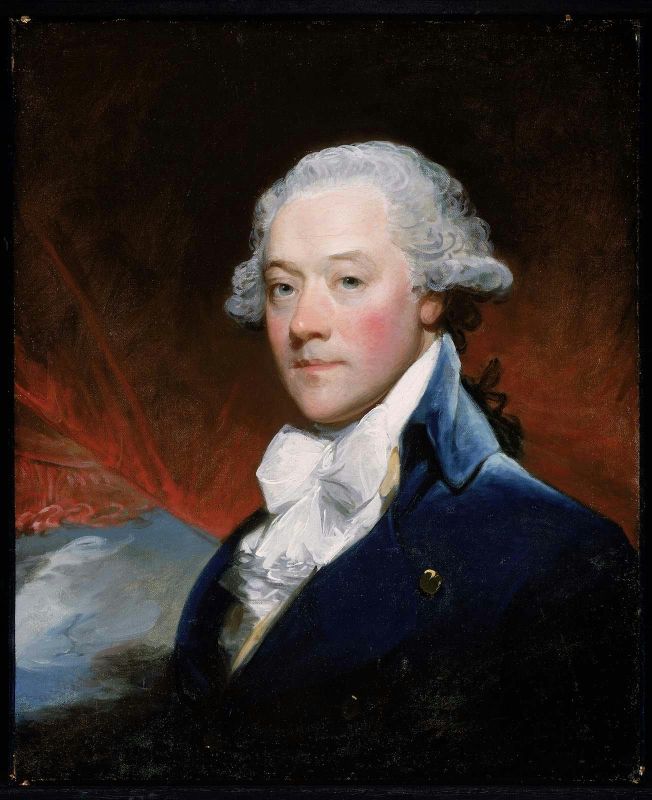JCB Sat Here:
The tedium of renovation, of meeting deadlines, and of dealing with the insurance company was splendidly broken a few days ago by a visit from JCB and The Gentleman, bearing wonderful wine and even better conversation (click
here for her photos from the visit). What felicity that the mile between her parent's house and my shop is punctuated by an excellent wine store. In a normal year, one in which I haven't just moved shop and blown up cars, I always have wine glasses on hand for just such visitors, but they were not to be found, so we took some ruby goblets from inventory, and settled in to a variety of chairs----I in a shabby Directoire knock-off, The Gentleman in a Russell Woodward wire chair, and Janet in a bergere upholstered in somewhat startling purple velvet. Elegant she was, green sweater draped around her neck, against a black chinoiserie screen----my camera refused to appear for this Kodak moment while they were here (I think JCB hid it), so instead I can only offer a glimpse of the recently vacated chair.
For the Lady, A purple bergere
For the Gentleman, a Russell Woodward Wire Chair
The Purple Chair
After I took the photo, I started thinking about that purple chair: Who else had sat there? A chair like this one has witnessed many lives. Usually we can but guess the stories, but in this case, I had some knowledge of the last seventy years of the chair’s history.
I first met the purple chair nearly 40 years ago in the Down East drawing room of Mme. Pierre Monteux, widow of the great conductor who had so famously introduced Stravinsky's Sacre du Printemps to a not entirely receptive world. The chair had come to Hancock, Maine, Mme. Monteux’s hometown, by way of San Francisco, where Monteux conducted the San Francisco symphony, after leaving France on the eve of World War II. Left behind in their house at Versailles were most of their furnishings, confiscated and vandalized during Nazi Occupation, and back in America, Mme. Monteux, a woman of great and bold style, acquired new furnishings for their San Francisco apartment, chic and smart in the style of the day---pale mauve, with jabs of black lacquer and emerald green satin and the chair, upholstered in its unlikely deep purple. After they left San Francisco, everything was shipped to their solid old village house in Hancock---the Venetian chandelier, the lacquer screens, the black and red and green Bessarabian rug, the shimmering mauve satin curtains and pelmets, the French paintings....first time visitors were always stunned, for like Alice through the looking glass, one walked up to the door of this typical Maine house, and passed through to this urbane fantasy, always ready for the tinkle of champagne glasses..

Pierre Monteux
Short and plump, Monteux was known in his family as Chummy, and I remember Mme. once referring to the chair as 'Chummy's Chair'. So, Monteux had sat there. As a young musician, he had met the elderly Brahms. So, a man himself famous in the 20th century, who had known one of the greatest composers of the 19th century had sat in this chair. Who else? Monteux had engaged Marian Anderson to sing with the San Francisco symphony. They had a party in her honor. Had she sat in this chair? Who knows? The Monteuxs entertained many of the leading musicians and society figures in their day----they knew San Francisco bon vivant Whitney Warren, son of the architect of Grand Central. Had he sat here? Monteux's students, Leonard Bernstein, Andre Previn--had they? Monteux's brother-in-law was the society bandleader Meyer Davis. Surely he'd sat here. And I'd sat more than once on a mauve satin love seat, talking to the Monteux's lovely, kind, daughter Nancie, one of my favorite people, as she sat in the purple chair.

I went to dozens of gatherings in that room over the years; many distinguished guests attended. Think Dilettante, think, who sat in that chair then? Sculptress Chenoweth Hall? Maestro Charles Bruck, who carried on Monteux's tradition of teaching at the summer school bearing his name? Hmmm, maybe a certain socialite, distantly related to me by marriage, of whom I think far better now than I did then, when I just saw her as brittle and chic, pursuing shallow ambitions in her Bergdorf perfection?
I'm sorry I don't have a picture of that stylish and improbable room, a bit of 1940's movie set glamor transported from another time and place to Down East Maine. I first entered it, for my first grown up party, as a late teenager, only a couple of years after Woodstock, and I can conjure it in my mind still, every objet de vertu, every fold of the curtains, and the wonderful people who were there. Still, I wish I had taken a picture....when one is young, one takes it for granted that the people and places one loves will always be there. Now that I'm older, I know sadly better, but how glad I am that they were----and that for the moment, the purple chair is here to remind me of them on the way to its next act.


















































